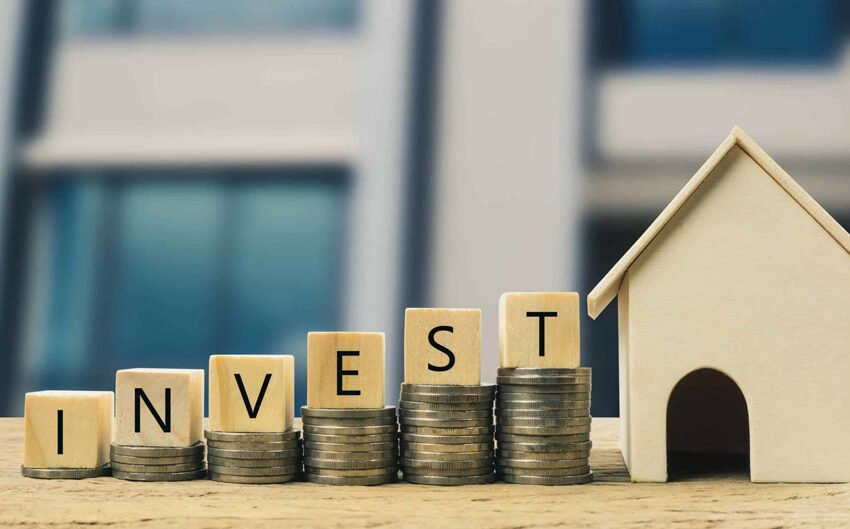Investing in Premium Materials: A Smart Move for Lasting Beauty and Property Gains

When it comes to building or remodeling a home, materials matter. Not just for how they look but for how they hold up over time and how they influence your property’s value. Choosing premium materials isn’t just about aesthetics—it’s a practical investment that pays off in durability, long-term savings, and increased property appeal, notes KRS Property Management Specialists.
Let’s explore how smart material choices can transform your home and secure its worth for the future.
The Value of High-Quality Materials
Premium materials are designed to last. They often outperform their budget counterparts in terms of strength, resistance to weather, and wear and tear. While the upfront cost might be higher, they reduce the need for frequent repairs and replacements, saving money in the long run.
For example, natural stone countertops may cost more initially than laminate, but they are nearly indestructible, elevate the look of your kitchen, and age beautifully. Similarly, hardwood flooring—especially species like oak or walnut—retains its character for decades, unlike cheaper vinyl or laminate, which can degrade or warp.
Investing in top-tier materials sends a message: this property was built to last.
Curb Appeal and First Impressions
Curb appeal isn’t just about charm. It’s a powerful factor in how others—especially potential buyers—perceive your property. Premium siding, well-crafted windows, and elegant landscaping all contribute to a polished look. But it’s the subtle cues of quality that leave lasting impressions.
Think about it: a home with fiber cement siding and copper gutters instantly signals quality. These features don’t just look good; they perform well over time. Premium materials resist fading, chipping, and warping. That means the house continues to look great, even years later.
This is especially important when it’s time to sell. A stunning exterior can significantly increase your home’s perceived value—and in many cases, the final sale price.
Durability That Withstands Time and Climate
Weather can be relentless. From heavy rainfall to scorching sun to freezing winters, your home needs materials that can handle it all. Premium materials are typically engineered or sourced to endure these challenges with minimal maintenance.
Take roofing as an example. Cheap shingles may get the job done—for a while. But a better long-term solution is to work with a metal roofing company. Metal roofs are not only sleek and modern, but they’re also highly resistant to wind, fire, and hail. And they often come with warranties that span 40–70 years.
High-quality windows with Low-E glass coatings help regulate indoor temperatures, while premium insulation materials can dramatically reduce energy costs. These features don’t just protect your home—they help it function better every day.
Boosting Resale Value
Home upgrades are often motivated by the desire to increase property value. But not all upgrades are created equal. Using premium materials is one of the smartest ways to get a strong return on your investment.
According to the National Association of Realtors, remodeling projects that use higher-grade finishes—like quartz countertops or real wood cabinetry—tend to offer better returns during resale. Even simple additions, such as a solid wood front door or high-efficiency HVAC system, can add thousands to a home’s market value.
Buyers are increasingly savvy. They recognize quality when they see it. Homes built with longevity in mind have a competitive edge, standing out in listings and appraisals.
Sustainable Choices That Pay Off
Sustainability isn’t just a trend—it’s an important part of responsible homeownership. Premium materials often align with eco-conscious building practices. Many are sustainably sourced, non-toxic, or recyclable. More importantly, they tend to last longer, which means less waste in the long run.
For instance, bamboo flooring is not only beautiful and durable but also a renewable resource. Recycled glass countertops are another smart option that merges style with sustainability. High-performance insulation and solar-reflective roofing materials reduce energy consumption and environmental impact.
And buyers notice. Many homeowners are willing to pay more for green-certified homes. Sustainability, when paired with quality, is a smart investment in both the planet and your financial future.
To learn more about sustainable building practices, check out the U.S. Green Building Council – a trusted resource on environmentally friendly construction.
Maintenance Savings Over Time
Here’s where premium materials really shine: low maintenance. Cheaper materials often require regular upkeep, replacements, and repairs. Over the years, those costs add up—both in money and time.
Premium exterior paint, for instance, can hold its color and integrity for up to 15 years, while cheaper options may fade or peel within 3 to 5 years. Likewise, composite decking resists splintering, fading, and mold far better than untreated wood. And top-grade plumbing fixtures resist corrosion and perform flawlessly for decades.
These savings are often overlooked in the budgeting process, but they matter. Fewer headaches, fewer service calls, and a home that always looks good—those are returns you can’t always measure in dollars.
Final Thoughts: Beauty Meets Long-Term Strategy
Investing in premium materials is more than just a design decision. It’s a strategic move that supports your home’s functionality, aesthetics, and value over time. Whether you’re building from scratch, renovating, or simply replacing a few key features, choosing quality pays off.
It may require a higher upfront investment, but the benefits are lasting—less maintenance, better performance, and a property that holds its beauty and value for years to come. Think of it not as spending more, but as spending smarter.





